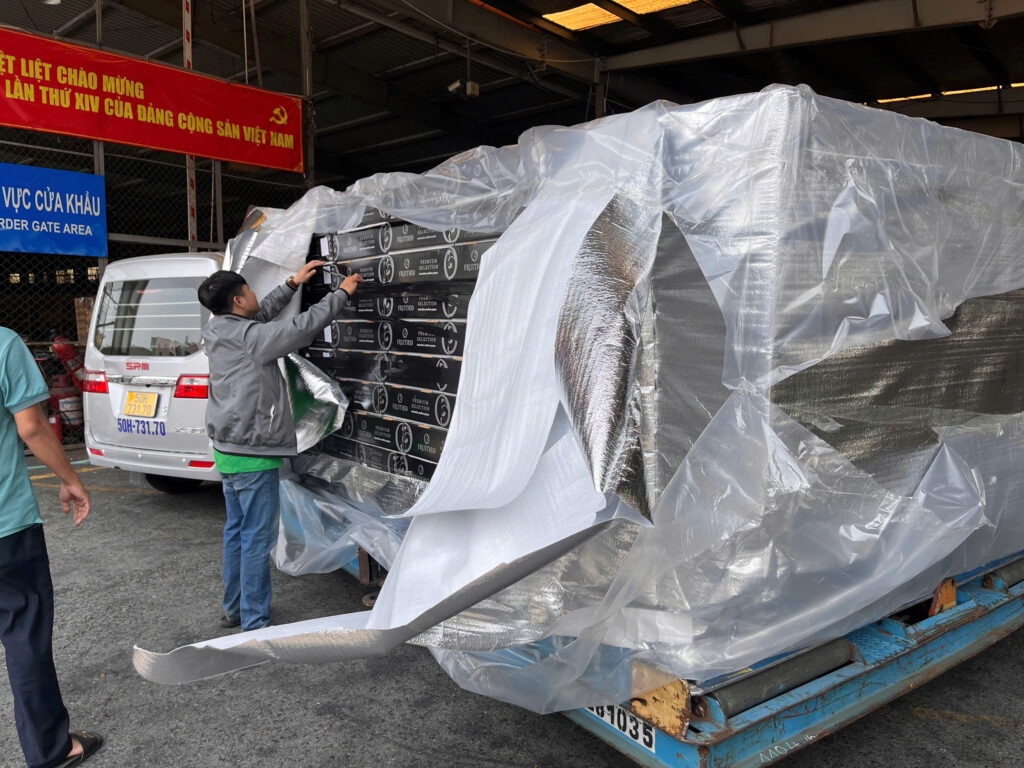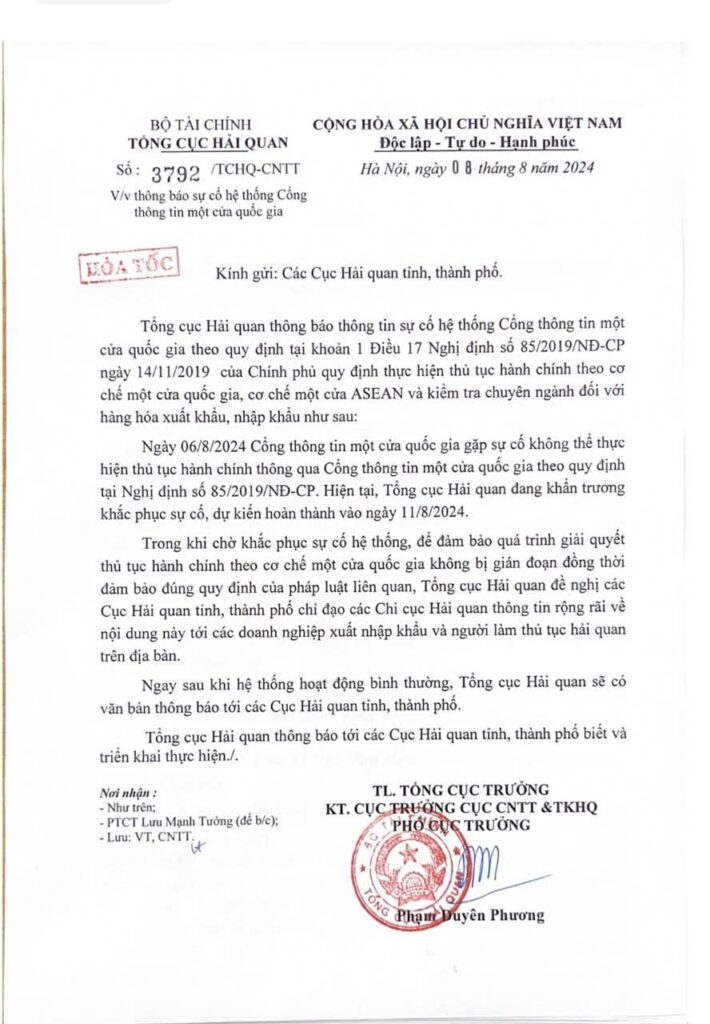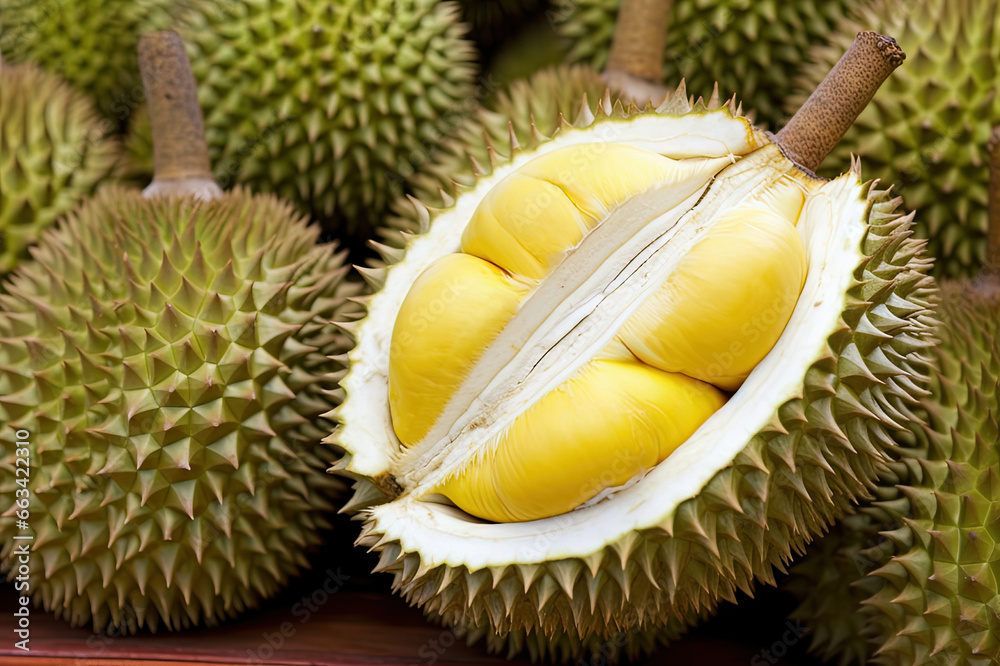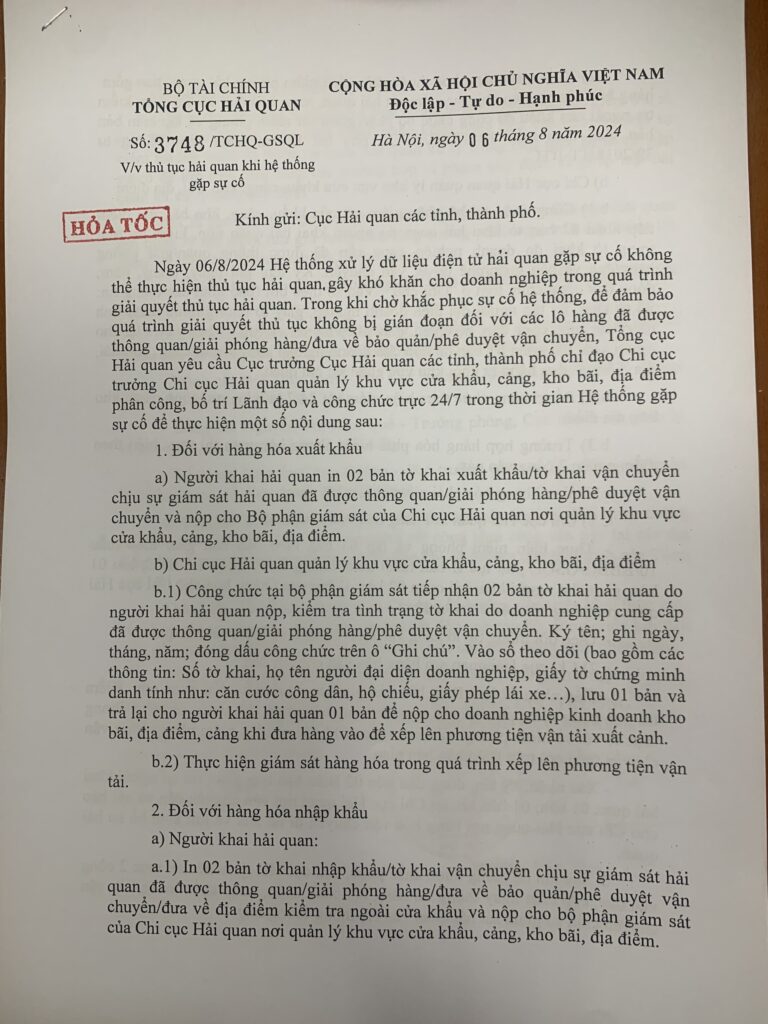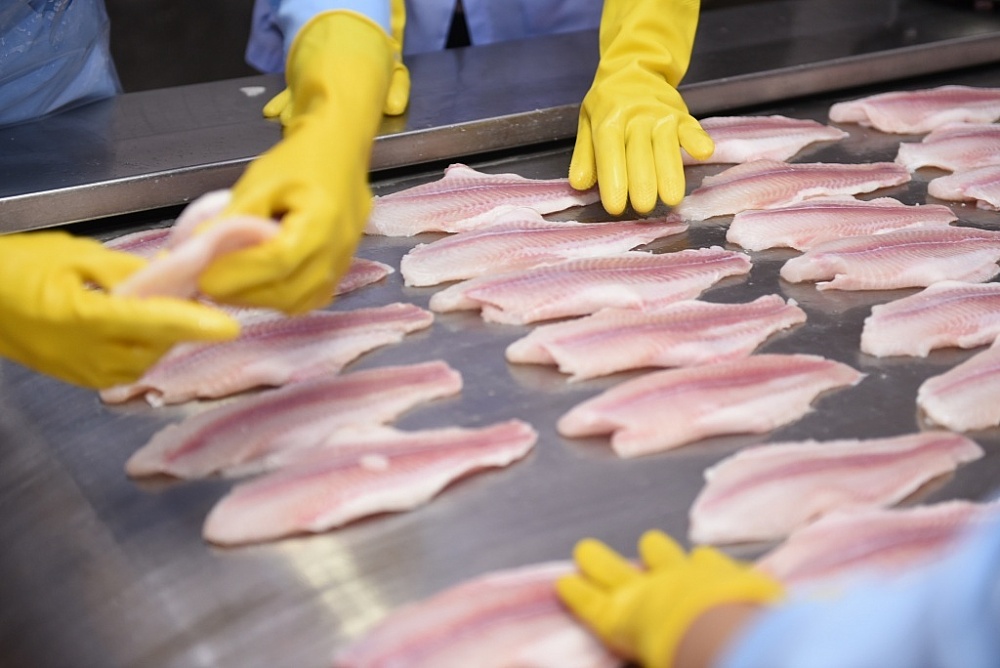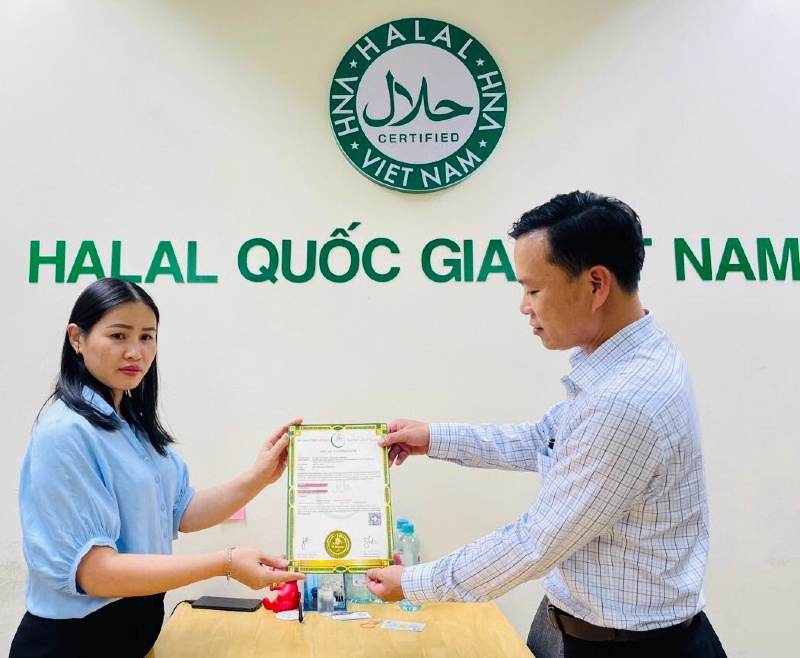EU loosens regulations on instant noodles imported from Vietnam; Another CPTPP market that favors Vietnamese tuna... is the highlight news in the export newsletter on June 9-11.
EU loosens regulations on instant noodles imported from Vietnam
From June 27, instant noodle products exported from Vietnam to the EU market will not be required to be accompanied by a food safety inspection certificate issued by a competent Vietnamese agency.
On June 7, the European Union (EU) published in the Official Gazette amending Regulation 2019/1973 on emergency measures to control food exports to the EU. Accordingly, the EU has officially moved Vietnam's instant noodles from Appendix II (control by food safety certificate and control at the border gate) to Appendix I with a border inspection frequency of 20%.
Also in this Regulation, bell peppers from Vietnam are still in Appendix I with inspection frequency 50% at the border gate. Okra and dragon fruit are still in Appendix II with inspection frequencies of 50% and 20%, respectively. This means that agricultural products have no changes compared to the regulations of 6 months ago.
With its efforts, just 6 months after the EU passed emergency control regulations on Vietnamese vermicelli, vermicelli and noodles (effective from January 1, 2022), the Vietnam Trade Office in Belgium and the EU successfully persuaded the EU to remove vermicelli, vermicelli, and rice products from the list of food safety management and 18 months later successfully brought instant noodles from Appendix II (controlled by deed). and at the border gate) to Appendix I (control at the border gate).
This demonstrates the great and timely efforts of the Ministry of Industry and Trade in controlling food safety as well as actively supporting businesses in solving difficulties.
According to Vietnam Trade Counselor in Belgium and the EU, Tran Ngoc Quan, the fact that the EU still maintains control at the border gate with frequency 20% requires Vietnam to always maintain good food safety control for noodles. instant food.
If in the last 6 months of 2023, Vietnamese instant noodles exported to the EU have many violations of food safety regulations, the EU's next roadmap will be to increase supervision to 50% at the border gate and then is to return to Appendix II.
This forces Vietnamese instant noodle exporters to strictly comply with EU regulations, continuously control food safety, including considering applying voluntary measures such as self-testing. at reputable laboratories for instant noodle shipments exported to the EU.
Korea is one of the famous countries that produces instant noodles. However, over the years, the EU has not been successful in convincing the EU to abandon quality supervision and is currently still in Appendix I with the 20% inspection frequency like Vietnam.
Another CPTPP market favors Vietnamese tuna
According to the Vietnam Association of Seafood Exporters and Producers (VASEP), in April 2023, tuna exports to the Mexican market increased to 1,17% compared to the same period in 2022, reaching nearly 1.9 million USD.
Accumulated in the first 4 months of 2023, tuna exports to Mexico reached nearly 7.4 million USD, an increase of 44% compared to the same period in 2022. With this growth rate, Mexico is currently the second largest tuna import market. 8 of Vietnam.
According to statistics from the General Department of Customs, Mexico imports mainly tuna meat/loin from Vietnam, with a proportion accounting for 74% of total export value, with the remainder being other processed tuna products.
Currently, Mexico and Vietnam are two markets that are quite similar to each other. Many key Vietnamese products have many opportunities to penetrate the 11th most populous market in the world, especially after the Comprehensive and Progressive Agreement for Trans-Pacific Partnership (CPTPP) comes into effect.
Accordingly, frozen tuna loin/fillet products with code HS0304 of Vietnam exported to Mexico are currently being reduced from the base tax rate of 20% to 0%. Other processed tuna products such as frozen steamed tuna loin are exempt from tax when imported into Mexico.
According to Mr. Luu Van Khang - Commercial Counselor, Vietnam Trade Office in Mexico (concurrently responsible for Guatemala, Honduras, El Salvador, Belize), people in this country strongly consume products that have been pre-processed or processed in Mexico. supermarkets or convenience stores, so this item is a potential item for Vietnamese seafood products.
According to VASEP, for the whole year of 2022, Vietnam's tuna exports reached the target of 1 billion USD, an increase of 34% compared to 2021. This is also the first time the tuna industry has reached an export value of billion USD. This result contributes to the seafood industry's export turnover of 11 billion USD in 2022.
Warning about the risk of trade defense investigation on quartz stone surfaces in the US
Recently, the Trade Defense Agency (Ministry of Industry and Trade) warned about the risk of trade defense investigation for products related to quartz stone when exported to the US. Accordingly, businesses should avoid using quartz stone products or quartz slabs imported from markets that are being investigated by the US and subject to trade defense taxes, especially from the Chinese market.
If a business uses items related to quartz imported from a market that is being investigated by the US and is subject to trade defense tax in the production of products, it should pay attention to fully declaring information and Pay anti-dumping and anti-subsidy taxes on quartz stone surfaces in accordance with US regulations.
| The Trade Defense Department (Ministry of Industry and Trade) has warned about the risk of trade defense investigation for products related to quartz stone when exported to the US. (Source: Saigon Times) |
Businesses also need to implement traceability, contributing to increasing the ability to prove that products or raw materials used are not subject to US tariffs.
In the event of a trade remedy investigation, businesses need to be proactive in responding; Proactively contact, exchange and update information with the Trade Remedies Department to receive timely support.
Recently, the US has been investigating many trade defense cases related to imported quartz stone products.
In particular, the US Department of Commerce (DOC) has officially applied anti-dumping and anti-subsidy taxes on quartz stone products imported from China since July 11, 2019. Anti-dumping tax rates range from 265.81 - 190.99%.
DOC has also applied anti-dumping tax on quartz stone products imported from India and Türkiye since June 22, 2020. The anti-dumping tax rate for Indian enterprises is from 2.67 - 5.15% and for Turkish enterprises from 0 - 5.17%. The measures are effective for 5 years from the date of application.
In October 2022, the US Department of Commerce concluded that when exported to the US, quartz stone products manufactured in Malaysia used quartz stone panels imported from China. Therefore, the product is subject to anti-dumping and anti-subsidy taxes like the tax rates currently applied to Chinese businesses.
Read the original article here This.



